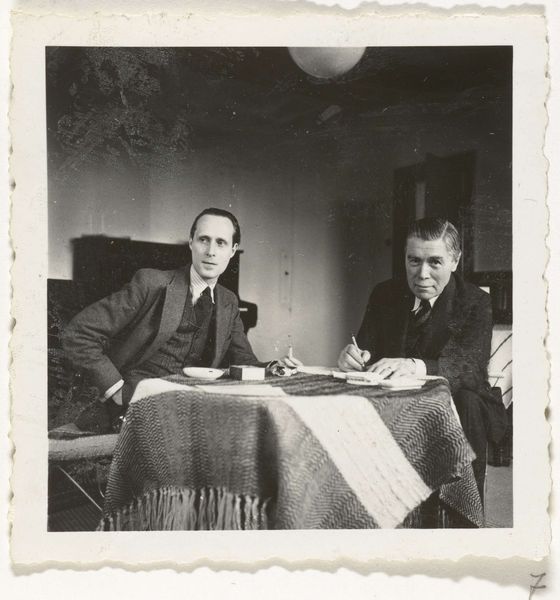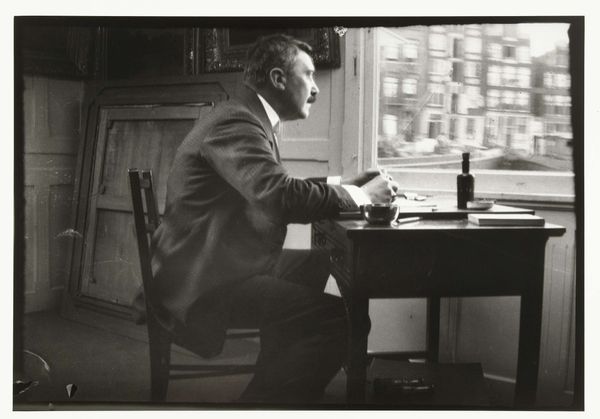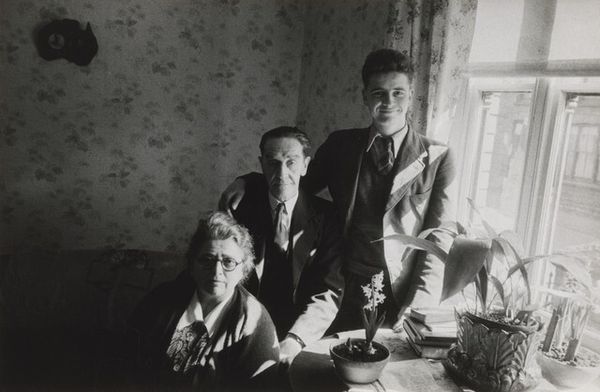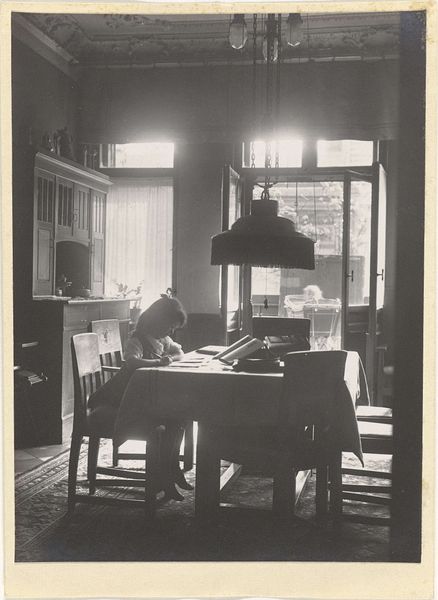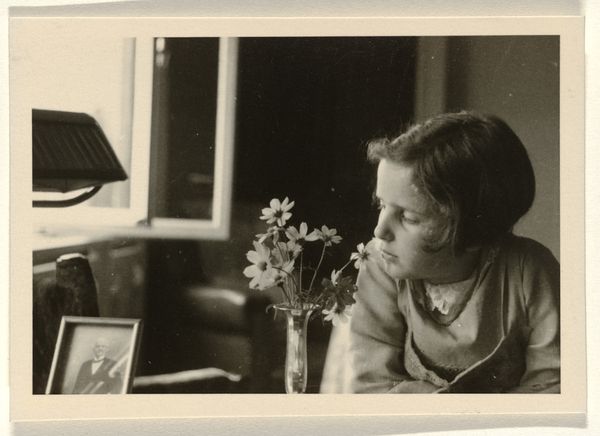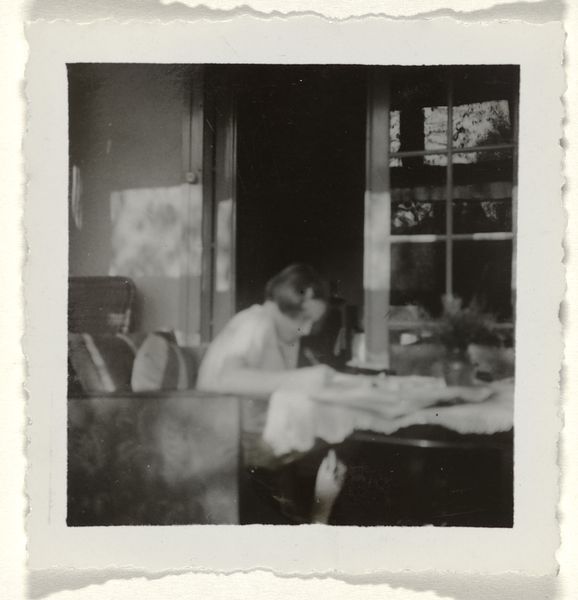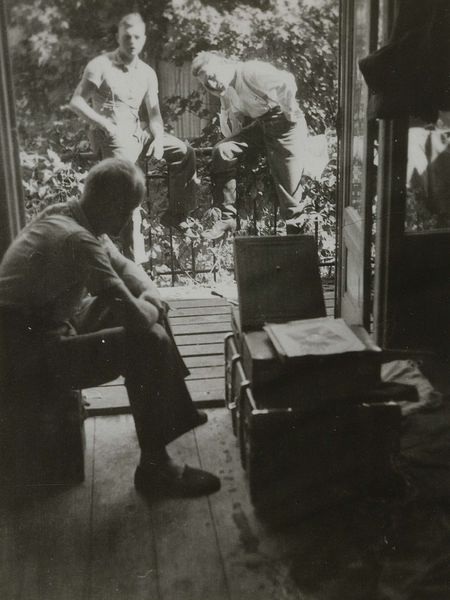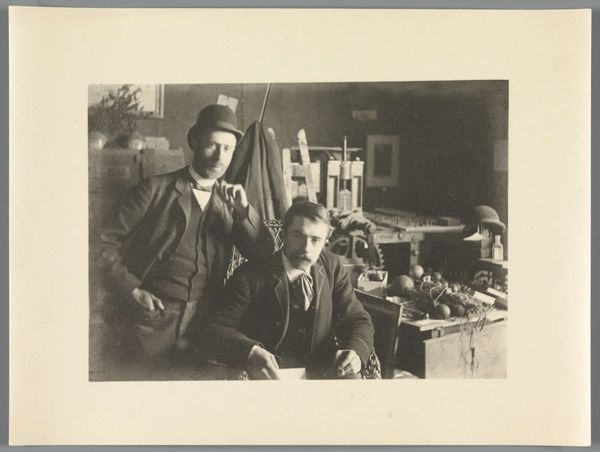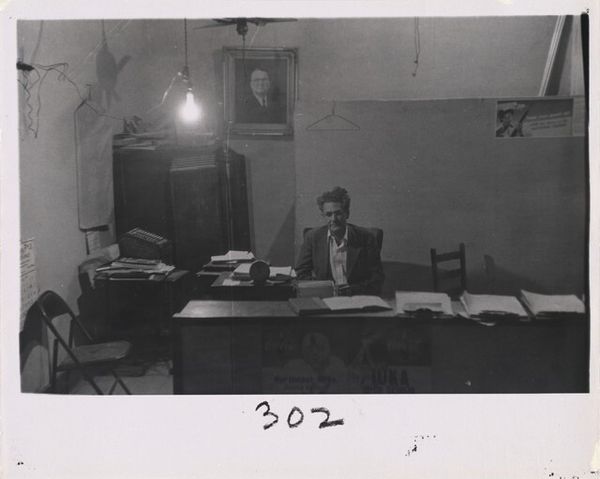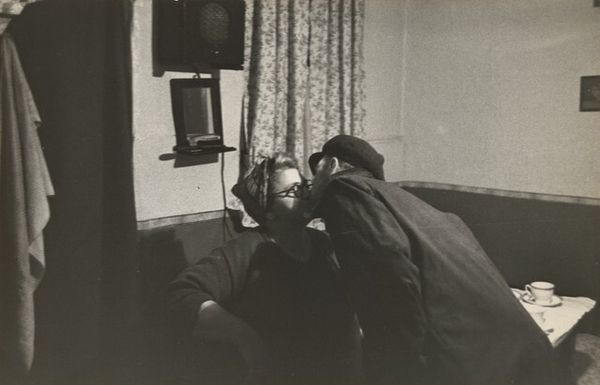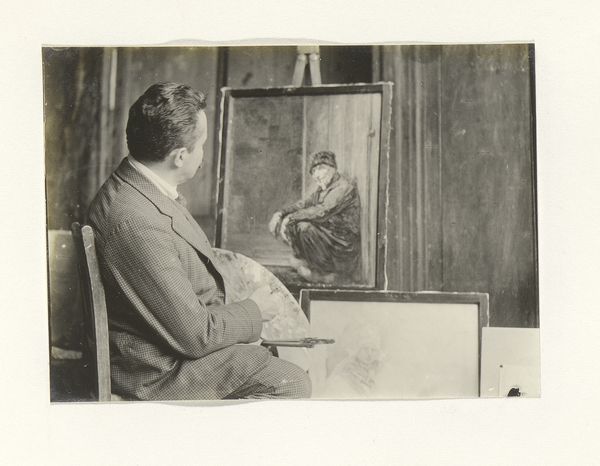
photography, gelatin-silver-print
#
portrait
#
film photography
#
pictorialism
#
photography
#
historical photography
#
gelatin-silver-print
#
monochrome photography
#
monochrome
Dimensions: image: 24 x 17.7 cm (9 7/16 x 6 15/16 in.) sheet: 25.4 x 20.1 cm (10 x 7 15/16 in.)
Copyright: National Gallery of Art: CC0 1.0
Editor: This gelatin-silver print from 1914 is called "Max Weber and Clarence H. White," credited to Paul L. Anderson. It’s very… contemplative. The figures are caught in a private moment. How do you interpret this work in its historical context? Curator: That's a keen observation. Consider that both Weber and White were influential figures challenging artistic conventions. Weber, a Jewish-American modernist painter, and White, a champion of Pictorialism—this alliance speaks volumes about the shifting dialogues within early 20th-century American art. Editor: Shifting how? Curator: Think about the historical climate: mass immigration, industrialization, burgeoning social movements…Photography like this became a tool to explore new ways of seeing and representing identity. It's not just a portrait; it's a document reflecting how artists were negotiating their place in a rapidly changing society. Do you notice how posed and staged the photograph feels, despite being a ‘portrait’ of sorts? Editor: Yes, there is a formality that feels at odds with capturing someone naturally. Almost as if the framing challenges notions of a real likeness? Curator: Precisely! Pictorialism, with its emphasis on soft focus and atmospheric effects, was often criticized for being overly aesthetic and detached from social realities. Yet, the choice to photograph Weber, known for his engagement with social issues through art, within this style, presents a paradox. Editor: So, it's about showing that social commentary and an aesthetic, even romantic, presentation can be tied together. What strikes me is how powerful a portrait can be for visualizing history. Curator: Exactly. It forces us to ask questions about artistic intentions, cultural representation, and the complexities of identity. Thank you for bringing this reading to life. Editor: I now have a richer understanding of the social movements as visualized via art history.
Comments
No comments
Be the first to comment and join the conversation on the ultimate creative platform.
